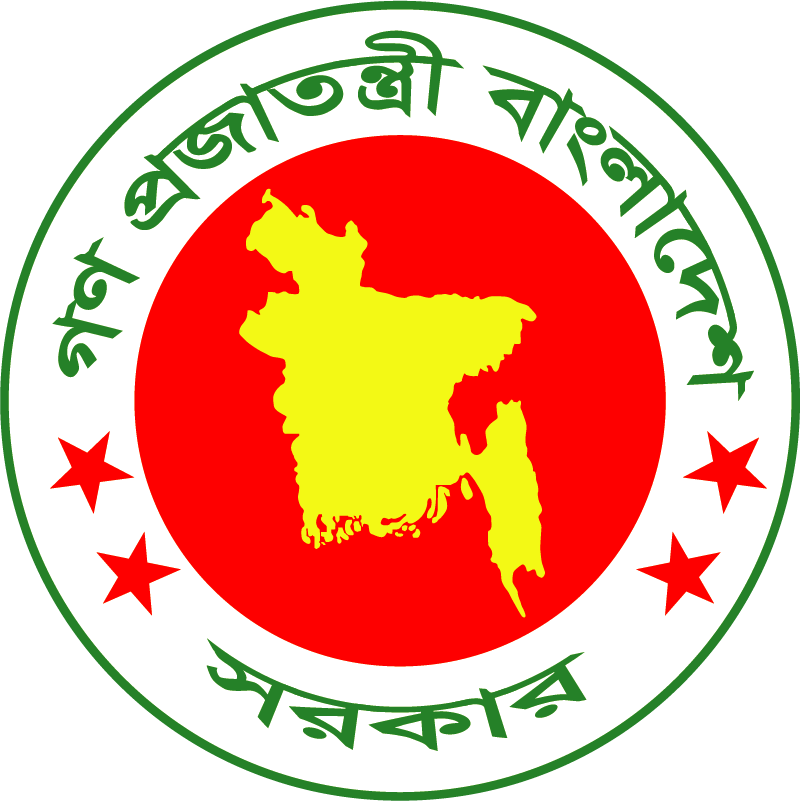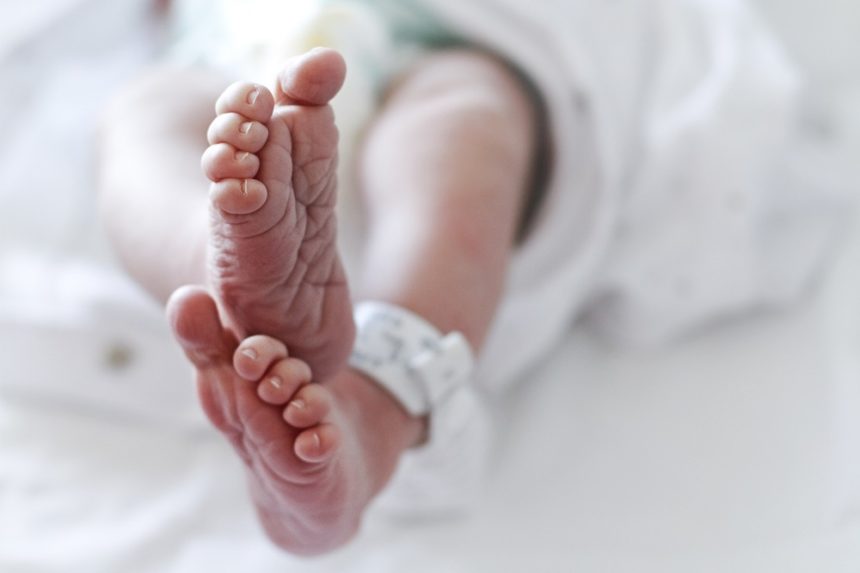Most neonatal deaths occur within the first week of life. In Bangladesh, the major causes include complications of prematurity, infections, and intra partum complications.
Infection is one of the leading cause of preventable deaths among the neonates and the young infants. The standard WHO recommendations for treating severe bacterial infections in infants under 2 months of age include hospitalization and 7-10 days of parenteral therapy.Decreased Neonatal Mortality Rate in Bangladesh.All babies should be assessed for danger signs in the first 90 minutes after birth and at frequent intervals thereafter. A baby with a danger sign needs urgent antibiotic treatment and appropriate management. Sometimes they need advanced care.
⦁ Unconscious/drowsy
⦁ Convulsion or history of convulsion
⦁ Apnea
⦁ Unable to feed
⦁ Persistent vomiting
⦁ Central Cyanosis
⦁ Major bleeding
⦁ Bulging fontanel
⦁ Weight <1500 grams
⦁ Major congenital malformation
⦁ Surgical conditions requiring hospitalization
⦁ Hypothermia (<95.90F or 35.50C) ⦁ Raised temperature (>99.50F or 37.50C)
⦁ Less movement than normal/ movement only when stimulated
⦁ Not feeding well (depending on history and observation)
⦁ Many or severe skin pustules
⦁ Umbilicus draining pus
⦁ Bulging fontanelle
⦁ Painful joints, joint swelling, reduced movement and irritability if these parts are handled.
| BACTERIA | Lastname | Savings |
|---|---|---|
| Sepsis Bacteria | Bacterial infection in any part of the body (Pneumonia: Lungs; Cellulitis: Skin; Pyelonephritis: Urinary Track; Bacterial Gastroenteritis: Stomach & Intestines; Osteomyelitis: Bones) | Poor feeding, Seizures, Lethargy, Irritability, High Pitch Cry, Vomiting, Bulging Fontanels, Fever, Apnea |
| Pertussis | The bacteria affects the baby via air droplets. | Paroxysmal Coughing – 100 day coughing, Inspiratory Whoop, Post-Tussive Vomiting |
| Myocarditis | Any recent infection (Respiratory infection / Gastrointestinal infection); Infection of the heart muscles | Fatigue, Chest pain, Signs of heart failure |
| Endocarditis | Bacterial infection | Fever, Fatigue, Sweating, Arthralgia/Myalgia |
| Acute Gastroenteritis | Viral / Bacterial | Increased stool frequency, Dehydration, Fever, Headache, Diarrhea, Abdominal Cramps |
| Overwhelming Viral Infection | Herpes Simplex Virus, | Lethargy, Skin Vesicles |

⦁ The newborn requires resuscitation at birth.
⦁ The newborn is preterm or low birth weight, less than 2.5 kg.
⦁ The newborn has danger signs.
⦁ Urinary tract infection during delivery.
⦁ Duration of membrane rupture more than 18 hours before delivery.
⦁ Uterine tenderness or foul smelling amniotic fluid.
⦁ Obstetric diagnosis of chorioamnionitis.
⦁ Meconium stained amniotic fluid.
⦁ Invasive procedures or home delivery.
Half of the neonatal mortality happens within day one of the life, thus early interventions are necessary to avert these deaths.
⦁ For newborns with any signs of serious bacterial infection or sepsis, ampicillin and gentamicin should be given as first-line antibiotic.
⦁ If at greater risk of staphylococcus infection (extensive skin pustules, abscess or omphalitis in addition to signs of sepsis) IV cloxacillin and gentamicin should be given.
⦁ The most serious bacterial infections in newborns should be treated with antibiotics for atleast 7-10 days.
⦁ If the baby is drowsy or unconscious, it should be ensured that hypoglycemia is not present; if it is, 2 ml/kg 10% glucose IV should be given.
⦁ Convulsions should be manages.
⦁ If the baby is not improving within 2-3 days, the antibiotic treatment should be changed or advance care should be sought for further management.
⦁ Breastfeeding should be continued if baby can feed.



